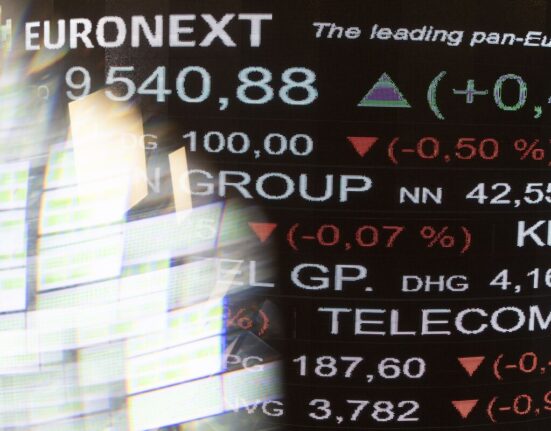Amidst the hustle and bustle of the stock market, one company that has recently caught investors’ attention is Glencore. Known for its significant role in the global copper market, Glencore experienced a bit of a rocky start in the first quarter of this year. The company’s shares took a hit following a noticeable decline in their copper production. Let’s dive into the details and understand what this means for both Glencore and the wider market.
The Rise and Fall of Glencore
Glencore, a major player in the mining and commodities trading industry, has long been regarded as a barometer for the health of global markets. With operations spanning across multiple continents, any fluctuation in Glencore’s performance tends to send ripples throughout various sectors.
A Closer Look at Copper
Copper, often referred to as “Dr. Copper” for its ability to predict economic trends due to its widespread use in various industries, is a vital commodity that drives infrastructure development worldwide. Any disruptions or changes in copper production can have far-reaching implications beyond just one company’s bottom line.
Expert Analysis
According to industry experts, fluctuations in copper production can be influenced by a myriad of factors such as demand-supply dynamics, geopolitical tensions affecting mining operations, and even environmental considerations impacting extraction processes. Understanding these nuances is crucial when interpreting the implications of Glencore’s recent dip in copper output.
As we delve deeper into the intricacies of commodity markets, it becomes evident that investors are not just tracking numbers on a screen but are closely monitoring real-world developments that can sway market sentiments within moments.
The Ripple Effect
The news of Glencore’s faltering first-quarter copper production sent shockwaves through financial markets as investors scrambled to reassess their positions amidst growing uncertainty. The interconnected nature of today’s global economy means that what happens in one corner of the world can reverberate across continents.
To put it simply – when Glencore sneezes, other market players catch a cold.
Looking Ahead
What does this mean for Glencore moving forward? Will they be able to bounce back from this setback and regain investor confidence? These questions linger as analysts and stakeholders eagerly await further developments from the company.
In conclusion, while dips in stock prices are not uncommon occurrences in the ever-volatile world of investing, each instance provides valuable insights into how interconnected our financial systems truly are. As we continue to track Glencore’s journey through turbulent waters, one thing remains certain – volatility is indeed the only constant in the world of finance.








Leave feedback about this